What To Look Out For - June 2016
Summer is almost upon us, the new colours of May become a familiar sight as huge numbers of insects take flight. “Green was the silence, wet was the light; the month of June trembled like a butterfly.” (Pablo Neruda).
Butterflies bring joy to many of us, in Yorkshire we have some wonderful species to see. On the coast or inland, look out for a Painted Lady in June. These amazing insects fly thousands of miles every year to reach our shores from southern Europe and North Africa. Once here they mate, lay eggs and die. The resulting new generation emerge in late summer. The great thing about seeing a Painted Lady in June is you can be fairly sure it’s a true migrant; they are often paler or worn from their long journey. They are sensitive to cold temperatures so they cannot overwinter here, many die in the autumn and some fly south attempting to reach warmer weather on the continent. Coastal habitats can be good but they can travel inland quickly so keep a look out in your garden wherever you live.
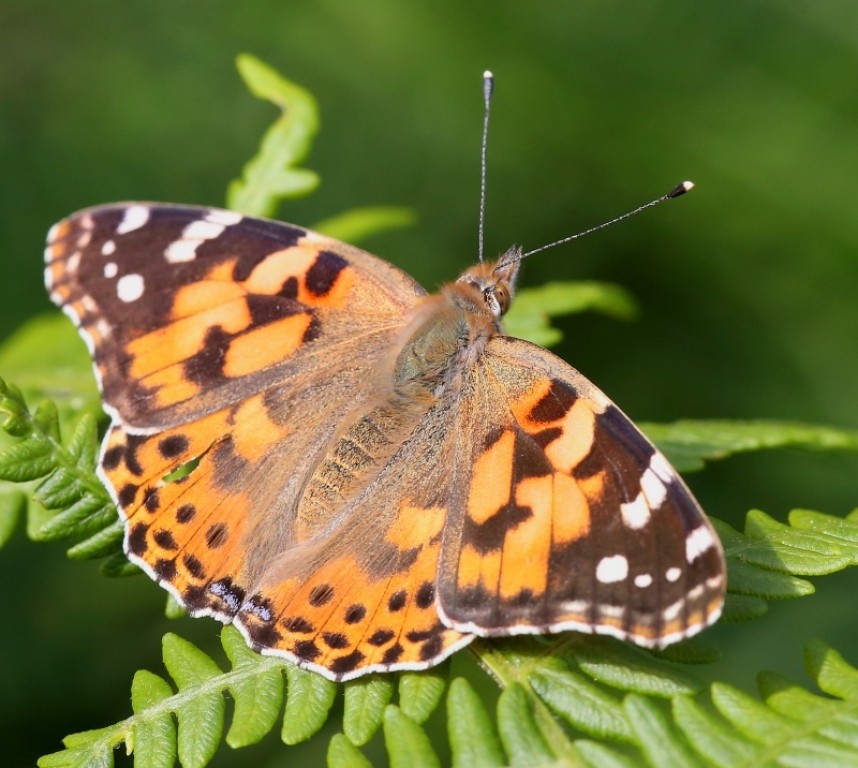
Painted Lady © Dan Lombard
June is also a good month for another migrant butterfly the vivid Clouded Yellow. These are usually seen in much smaller numbers than the Painted Lady apart from during invasion years. In 1947 36,000 individuals were counted! Look out for their brilliant yellow during periods of warm weather with gentle winds from any southerly direction. Meadows and cliff top habitats with wild flowers are good places.
As I write this in mid-may our resident birds are busy feeding nestlings, by June many will have flown the nest. Grey Wagtails are such elegant birds and must be one of our most overlooked species sporting a wonderful mix of slate grey, black and bright yellow. Their tails are shorter than the similar Pied Wagtail which has no yellow in its plumage. They are most likely to be confused with the Yellow Wagtail but this species doesn’t have a slate great mantle and head. Look out for Grey Wagtails along streams and rivers. They can also be equally at home in towns and villages with watercourses. On a recent visit to Pickering town centre I saw a male Grey Wagtail carrying food to its nest.
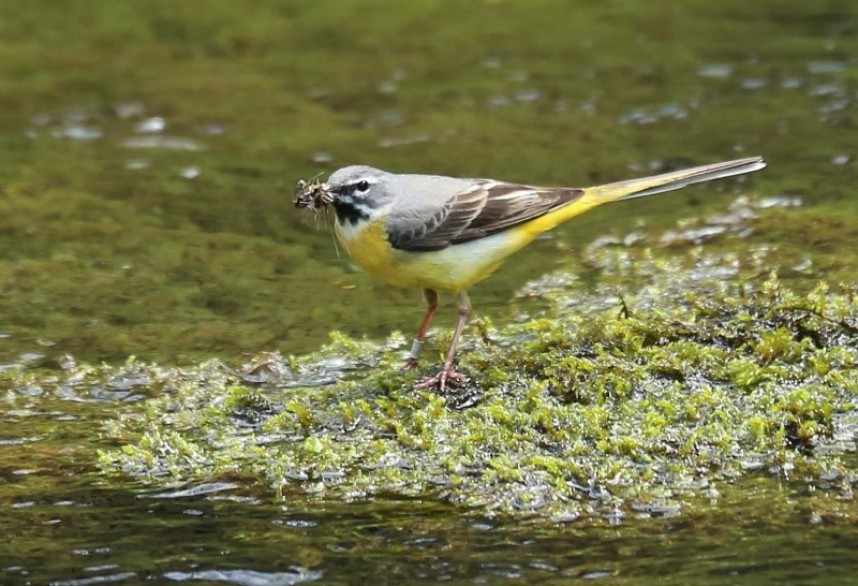
Grey Wagtail © Richard Baines
Foraging for wild food has undergone a recent resurgence in our country. One of the most exciting edible fruits must be the Wild Strawberry. The fruits pack a taste punch for such a small offering and they are fruiting in June. Look out for them in woodland glades, clearings and unimproved grasslands. Strawberries have a rich history of culinary uses and spiritual meaning. They were a symbol for the goddess of beauty, love, and fertility in ancient Rome. The closely related Barren Strawberry is often confused with the fruiting variety but they can be separated from Wild Strawberry by the terminal tooth of the leaf being shorter than those on either side in Barren.
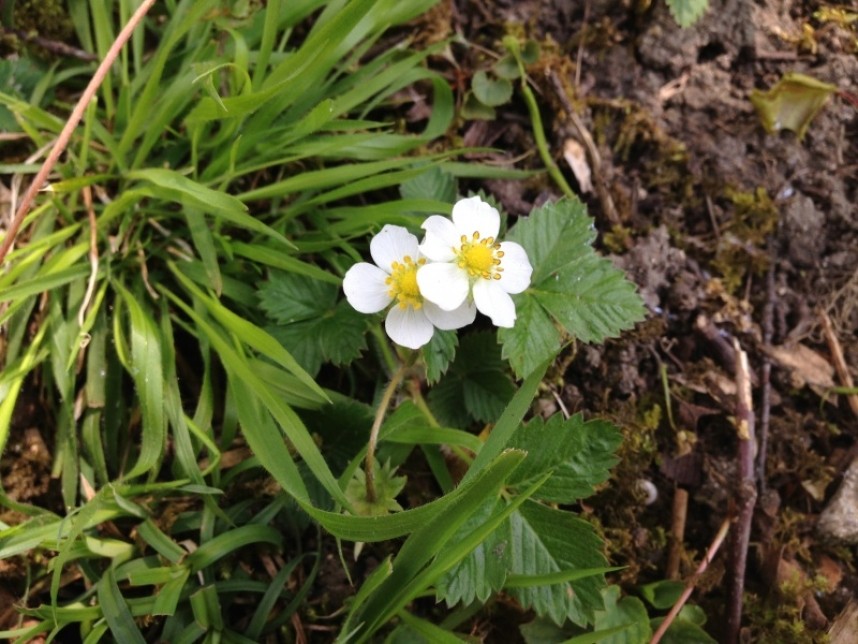
Wild Strawberry © Richard Baines
Look out for Common Fumitory on the edge of arable fields and on rough disturbed ground. This once common flower has recently become much less common due to arable intensification. Rich in medicinal folklore, Fumitory was used to treat many ailments including stomach and gall problems, although herbal practitioners had to be extremely careful as the stems are poisonous.
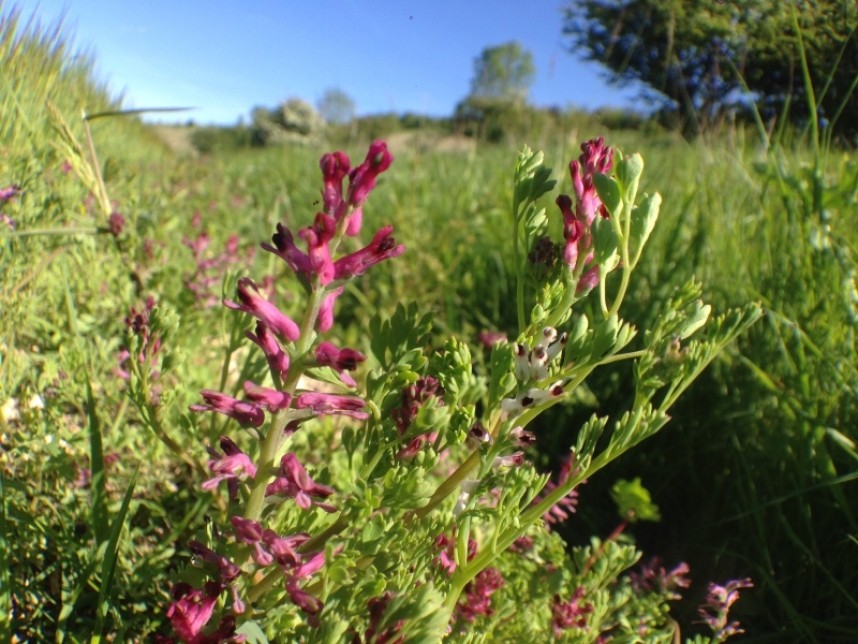
Common Fumitory © Richard Baines
Turtle Doves were once a common bird throughout England and Wales. They have undergone a large decline in numbers not only in the UK but also in Europe. These beautiful birds undertake a long migration from Africa each year to reach us. June is a great time to see them and hear the soft purring song which is such a soothing and unusual call.
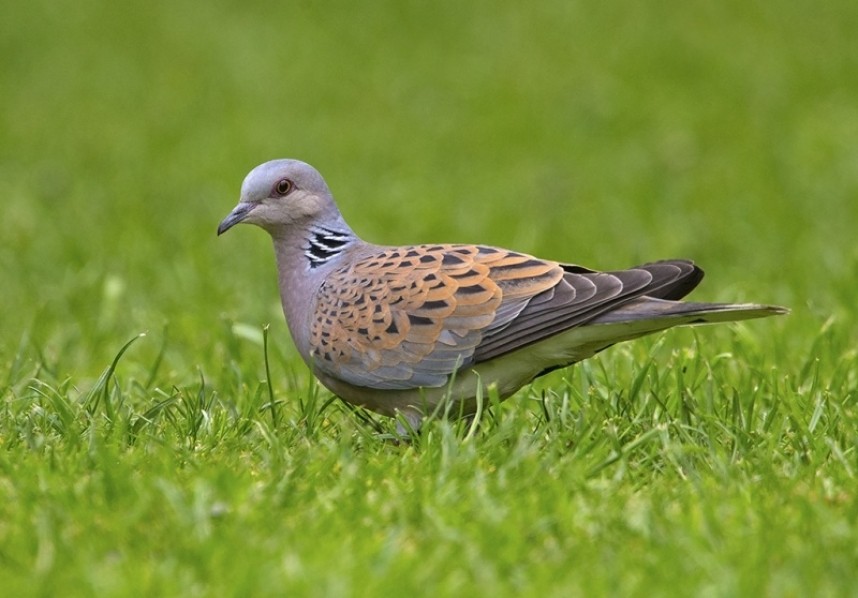
Turtle Dove © Steve Race
On their migration they not only have to survive natural hazards, they are also shot in large numbers in the Mediterranean. In parts of East and North Yorkshire they can still be seen in small numbers. Best places to look out for them are around the old railway line at Kiplingcoates near Market Weighton and in the Great Yorkshire Forest in the North York Moors National Park. If you see or hear one be sure to log your sighting or if you would like to donate to this valuable conservation cause see the national Turtle Dove web site: http://www.operationturtledove.org/
Richard Baines
YCN



 Back to Blog
Back to Blog
